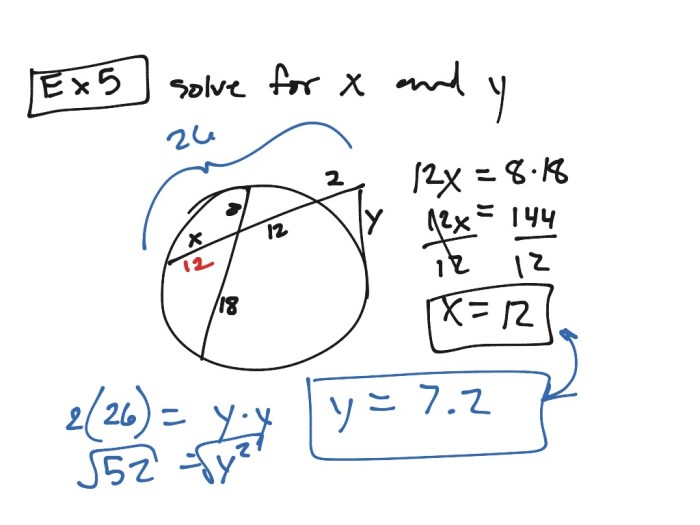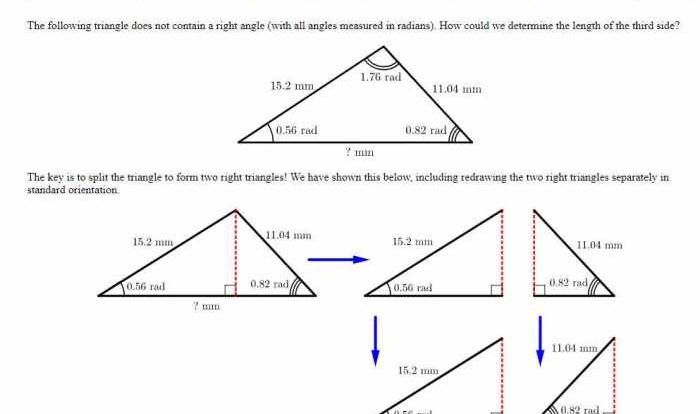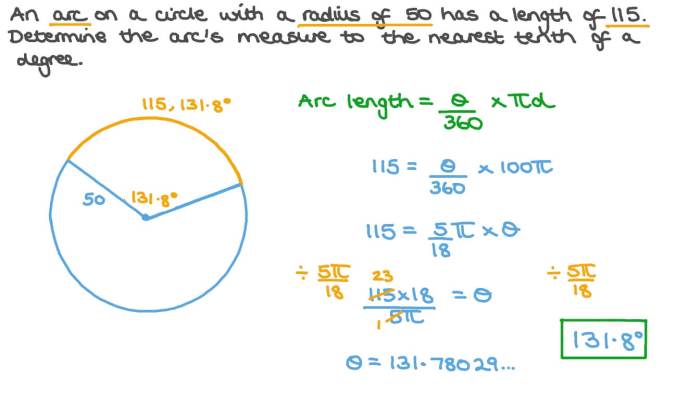Delving into the intricacies of geometry, the Segment Lengths in Circles Worksheet serves as a comprehensive guide, providing an in-depth exploration of this fundamental concept. By unraveling the relationship between segment lengths and central angles, this resource empowers learners to grasp the practical applications of geometry in diverse fields.
Through engaging activities, interactive demonstrations, and real-world problem-solving, the worksheet fosters a deep understanding of segment lengths, equipping students with essential knowledge for success in geometry and beyond.
Segment Lengths in Circles: Segment Lengths In Circles Worksheet

In geometry, a segment length in a circle refers to the distance between two points on the circumference of the circle. These segments are often used to measure and analyze the properties of circles.
The length of a segment in a circle is directly related to the central angle that it intercepts. The central angle is the angle formed by two radii drawn from the center of the circle to the endpoints of the segment.
Types of Segment Lengths in Circles, Segment lengths in circles worksheet
- Chord:A chord is a segment that connects two points on the circumference of a circle. The length of a chord is equal to twice the sine of half the central angle that it intercepts.
- Diameter:A diameter is a chord that passes through the center of the circle. The length of a diameter is equal to twice the radius of the circle.
- Secant:A secant is a line that intersects the circle at two points. The length of a secant is greater than the length of a chord that intercepts the same central angle.
- Tangent:A tangent is a line that intersects the circle at only one point. The length of a tangent is equal to the radius of the circle multiplied by the square root of the difference between 1 and the cosine of the central angle that it intercepts.
Worksheet Activities
A worksheet on segment lengths in circles can include the following activities:
- Identifying and measuring segment lengths using a protractor and ruler.
- Solving problems involving the relationship between segment lengths and central angles.
- Applying the concept of segment lengths to solve real-world problems, such as finding the height of a building or the distance between two points on a map.
Applications of Segment Lengths
Segment lengths in circles have practical applications in various fields:
- Architecture:Architects use segment lengths to design and construct buildings, bridges, and other structures.
- Engineering:Engineers use segment lengths to design and analyze machines, vehicles, and other mechanical systems.
- Design:Designers use segment lengths to create logos, graphics, and other visual elements.
Interactive Demonstrations
Interactive demonstrations can help students visualize and understand the concept of segment lengths in circles.
An interactive demonstration could include:
- An animation that shows how the length of a chord changes as the central angle changes.
- A simulation that allows students to explore the relationship between segment lengths and the radius of the circle.
- A game that challenges students to identify and measure segment lengths in circles.
Frequently Asked Questions
What is the relationship between segment lengths and central angles?
The length of a segment in a circle is directly proportional to the measure of its corresponding central angle.
How can I use segment lengths to solve real-world problems?
Segment lengths are used in various fields, including architecture, engineering, and design, to determine distances, angles, and other measurements.
What are some examples of segment lengths in circles?
Examples include chords, radii, diameters, and secants.

